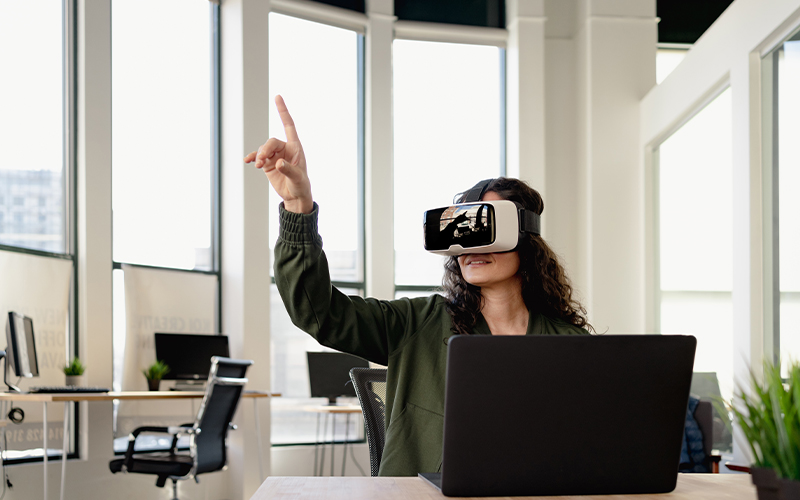Corporate
Understanding the Sensor Technology That Drives Autonomous Vehicles
Worldwide, automation use cases are spreading rapidly across various industries and sectors, with sensor-based technologies playing a fundamental role in enhancing the reach of automation. LiDAR (Light Detection and Ranging) is one of the most promising sensor-based technologies for the applications of autonomous vehicles or self-driving cars, becoming the building block that makes autonomous vehicles aware of their surroundings and eliminates collision risk while driving.
What is LiDAR Tech?
LiDAR is a sensing method that measures the exact distance of an object on the Earth’s surface and has emerged as a popular method to calculate geospatial measurements. It uses pulsed lasers to calculate the variable distance of an object and can generate an accurate 3D map of the Earth’s surface and the object under observation. It is comprised of three primary components: scanner, laser and GPS receiver. LiDAR sensors can be mounted either on helicopters or drones (airborne LiDAR) or moving vehicles (terrestrial LiDAR). The technology uses the time taken for the laser signal to return to the LiDAR sensor to calculate the distance of an object.
Distance of object = Speed of light x time of flight/2
Some of the popular developmental objectives of LiDAR technology include oceanography, autonomous vehicles, digital terrain models, agriculture and archaeology.
LiDAR in Autonomous Vehicles
In an autonomous vehicle, the LiDAR sensor receives data from hundreds of thousands of laser pulses per second. It uses an onboard computer to analyze the “point cloud” of laser reflection points to animate a 3D representation of the surrounding environment. To ensure that LiDAR can create an accurate 3D representation of the surrounding environment, it is critical to train the onboard AI model with annotated point cloud datasets. The annotated data allows autonomous vehicles to detect, identify and classify objects. Such image and video annotation helps an autonomous vehicle to precisely detect road lanes and moving objects and analyze real-world traffic scenarios.
The usage of LiDAR technology in autonomous vehicles is no longer a matter of research. Automobile manufacturers have already started integrating LiDAR technology in advanced driver assistance systems (ADAS) to make sense of the dynamic traffic environment surrounding the vehicle.
These systems make precise split-second decisions based on hundreds of careful calculations from hundreds of thousands of data points, making the journey of self-driving cars safe and secure.
Limitations of LiDAR technology
Although LiDAR technology can facilitate accurate 3D environmental mapping, its high cost hinders its advancement. With the rapidly evolving AI models, a simple camera –significantly cheaper and smaller than LiDAR sensors– can easily accomplish the same task in autonomous vehicles.
LiDAR has certain advantages over a camera, such as better distance judgement, immunity to sudden light changes, resistance to harsh weather conditions and less susceptibility to malicious attacks. But it may fail to identify real-life driving situations and complexities of the driving environment, such as a pedestrian on the phone about to wander into traffic or a biker looking over their shoulder to join a new lane.
Although camera AI applications are at present far from perfect, once these models become more intelligent, a combination of a simple camera and cheap radar can potentially render LiDAR technology and sensors obsolete.
How Can Infosys BPM help?
For organizations on the digital transformation journey, agility is key in responding to a rapidly changing technology and business landscape. Now more than ever, it is crucial to deliver and exceed organizational expectations with a robust digital mindset backed by innovation. Enabling businesses to sense, learn, respond and evolve like living organisms will be imperative for business excellence.
A comprehensive yet modular suite of services is doing precisely that. Equipping organizations with intuitive decision-making automatically at scale, actionable insights based on real-time solutions, anytime/anywhere experience and in-depth data visibility across functions leading to hyper-productivity, Live Enterprise is building connected organizations that are innovating collaboratively for the future.
This article was first published on Nearshore Americas.






